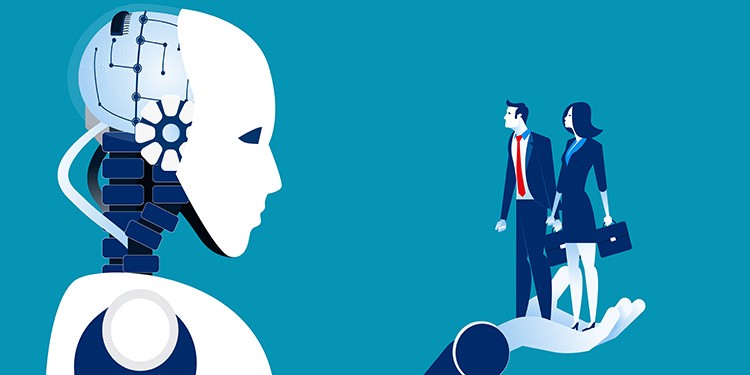
Today, women make up about 29 percent of the manufacturing manpower despite filling 47 percent of the positions inside the entire workforce, as per the Manufacturing Institute. the increased usage of automation and AI, merged with the pressing need for knowledgeable workers, will open more doors for women in manufacturing.
The World Economic Forum in 2018 had foretold that 75 million jobs are bound to be occupied by technology by the year 2023. In contrast, 133 million jobs will be created where new technology will be an aid to new workers.
Manufacturing is deemed as the playing field of automation as robots now performtasks usually performed by men and make decisions founded on real time data.
Algorithm of Artificial intelligence are designed to increase productivity, smoothen out production and redesign an efficient workflow.
Manufacturing innovations in automation and AI are changing existing roles on the assembly floor from tiringmanual work. A worker whose job was to operate one machine is now supervising AI powered many machines in the process. Workplace responsibilities and gender roles are being redrawnto what modern minded people prefer, brainpower over brawn. the shifted limelight on software has puteveryone on a more levelled field for training and advancement than the normal hierarchical transfer of job knowledge. An advanced mindset towards Artificial intelligence helps newcomers grow in their job roles.
Research suggests that gender diversity helps a producing firm by improving its ability to innovate and providing a better return on equity and increased margins. Most importantly, half women (58 percent) responded during a survey of manufacturers that in the last five years they observed positive changes in their industry’s attitude towards female employees. Only 22% of AI professionals are women and in machine learning only 12% of leading researchers are women. While initially it’s thought that the progress in AI will cost women their jobs, much of the progress in jobs that will be available to the women will be due to human-technology collaboration like managing data, working efficiently with tech tools. Most of the women are already expert in these areas. Reskilling and upskilling, then, can redefine the chances and offer recreate opportunities for ladies. Neither individual businesses nor the economy as an entity can deal with theconsequences of a widening gender gap within the current manpower. Companies need to recognize manpower needs in the lieu of the disruption caused by AI. Companies need to reassess the gender composition of their workforce across job descriptions. They have to be receptive to the gender-related effects of job elimination, particularly in situations that indicate a robust business case for reskilling. Women as individuals got to cash in opportunities to develop the talents needed for the roles and career paths for the longer term.
AI has the potential to mitigate the company gender and leadership gaps by removing bias in recruiting, evaluation, and promotion decisions; by helping improve retention of women employees; and, potentially, by intervening within the everyday interactions that affect employees’ sense of inclusion.
AI will be able to help identify promising employees who can otherwise be ignored by traditional means, to identify those presumably prone to resign and to supply ways for success and retention of key female talent. AI has its pro and cons for ladies within the workforce and it all depends on their adaptability to the changing tech scenario.



